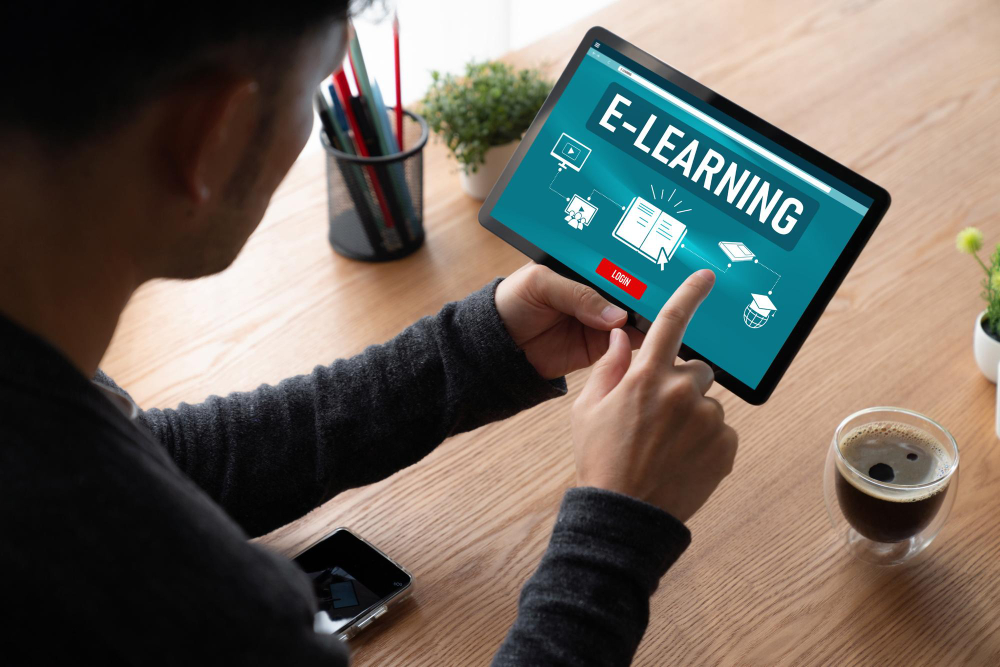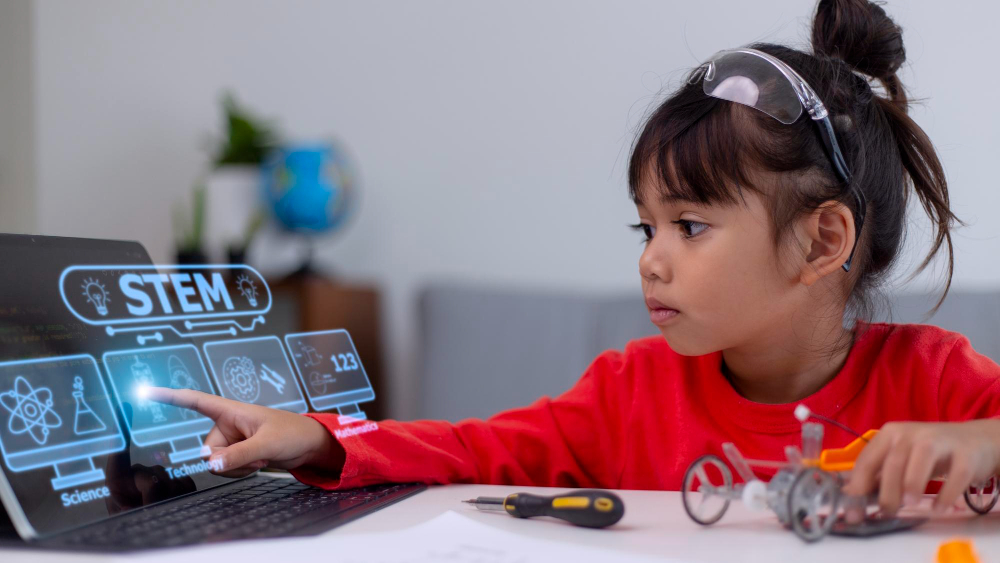
Thursday, 20Nov 2025
Adaptive Learning Technology Transforms Educational Personalisation: Creating Tailored Pathways for Every Student
Beyond One-Size-Fits-All Education Adaptive learning technology transforms…

Monday, 3Nov 2025
eLearning localization expands the impact of digital education far beyond what simple translation can achieve, creating truly effective learning experiences for diverse global audiences. Organizations implementing comprehensive localization strategies report 78% higher completion rates, 64% improved knowledge retention, and 83% greater learner satisfaction compared to merely translated content. These dramatic differences stem from a fundamental truth: effective learning is deeply contextual, requiring cultural relevance, appropriate examples, and alignment with regional learning expectations.
Many organizations attempt to serve global audiences through basic translation, creating several critical problems:
These limitations create learning experiences that feel foreign and disconnected, significantly reducing effectiveness for non-primary audiences.
Effective localization recognizes and respects cultural differences:
A global leadership program implemented this approach and saw engagement scores from international participants increase by 47% compared to the merely translated version.
Visual elements carry powerful cultural associations:
These visual adaptations ensure that design elements support rather than undermine the learning experience across cultures.
Effective global delivery requires technical adaptations:
These technical elements ensure that the learning experience functions properly regardless of regional settings.
Evaluation approaches must account for cultural differences:
These assessment adaptations ensure fair and accurate evaluation across cultural contexts.
Efficient localization begins with content structure:
This architectural approach reduces redundancy while enabling precise adaptation where needed.
Original content development should anticipate global deployment:
A multinational corporation implemented these authoring guidelines and reduced localization time by 42% while improving quality ratings from regional offices.
Effective localization requires specialized expertise:
This collaborative approach ensures that all aspects of the learning experience receive appropriate expertise.
Modern tools streamline the localization process:
These technologies reduce costs and timelines while maintaining quality across multiple language versions.
Scenarios and case studies require special consideration:
These adaptations ensure that scenarios feel authentic rather than foreign to learners.
Audio and video elements present unique challenges:
A global safety training program implemented comprehensive multimedia localization and saw knowledge application rates increase by 36% in international locations.
The learning environment itself requires adaptation:
These elements ensure that the learning platform itself doesn’t create barriers to content access.
Mobile delivery adds additional considerations:
These adaptations ensure consistent experience across devices regardless of location.
East Asian markets require specialized approaches:
These adaptations respect the significant linguistic and cultural differences in these important markets.
Middle Eastern localization involves unique elements:
A global compliance training program implemented these adaptations and saw completion rates in Middle Eastern regions increase from 34% to 92%.
European markets often require multiple language versions:
These approaches accommodate Europe’s linguistic diversity while maintaining consistency where appropriate.
Spanish localization must consider regional differences:
These nuanced adaptations recognize the significant variations within Spanish-speaking markets.
Organizations implementing effective eLearning localization consistently report impressive returns:
These metrics demonstrate that localization investment delivers tangible business results that justify the additional development effort.
Localization requires resource investment:
These strategies maximize impact while respecting financial limitations.
Global deployment often faces time pressure:
A technology company implemented these approaches and reduced localization time from 12 weeks to 3 weeks while maintaining quality standards.
Maintaining standards across languages is difficult:
These quality systems ensure consistent experiences regardless of language version.
Some content presents particular cultural challenges:
These approaches address complex cultural considerations thoughtfully rather than avoiding important topics entirely.
As technology and global business continue to evolve, several trends are emerging:
Artificial intelligence is transforming localization capabilities:
These technologies are dramatically improving efficiency while maintaining human oversight for quality.
Immersive learning creates new localization requirements:
These considerations ensure that immersive experiences work effectively across cultural contexts.
Next-generation systems will personalize cultural adaptation:
These capabilities will create increasingly tailored experiences that respect individual cultural contexts.
eLearning localization represents more than just linguistic translation—it offers a strategic advantage in an increasingly global learning landscape. Organizations that implement comprehensive localization create more engaging, effective, and respectful learning experiences for diverse audiences while significantly improving performance metrics across regions.
The most successful global learning programs recognize that effective education must respect and adapt to cultural context. By implementing thoughtful eLearning localization strategies, these organizations ensure that every learner receives an experience that feels native rather than foreign, building both knowledge and organizational connection.
Learning Owl specializes in developing comprehensive eLearning localization solutions for organizations with diverse global audiences. Our team combines deep cultural expertise, technical localization capabilities, and instructional design excellence to create learning experiences that resonate with learners around the world.
Contact Learning Owl today to discover how our localization expertise can transform your global learning strategy and create truly effective educational experiences for your international audience.

Thursday, 20Nov 2025
Beyond One-Size-Fits-All Education Adaptive learning technology transforms how educational content responds to individual learner needs, creating unprecedented opportunities for personalized mastery across diverse student populations. Traditional educational approaches—standardized content delivery,…
Read More line_end_arrow_notch
Monday, 17Nov 2025
Reimagining Scientific Discovery STEM eLearning innovations transform how students engage with scientific and mathematical concepts, creating unprecedented opportunities for deeper understanding and authentic inquiry. Traditional science and mathematics education—textbook explanations,…
Read More line_end_arrow_notch
Thursday, 13Nov 2025
Beyond Checkbox Compliance Compliance training strategies transform how insurance organizations approach regulatory requirements, converting what many view as burdensome obligations into operational advantages. The insurance industry faces one of the…
Read More line_end_arrow_notch